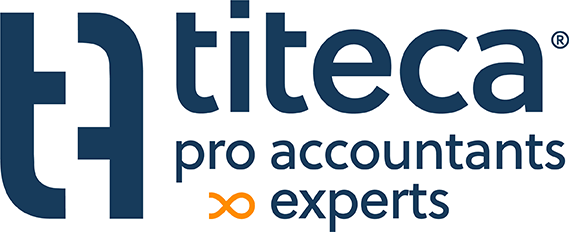The corona crisis is omnipresent in our daily lives. We cannot ignore it in the takeover market either. In 2020, half as many Belgian deals were closed as in 2019. 2021, on the other hand, may be a year where takeovers will flourish again:
On the one hand, when state aid comes to an end, many companies will find themselves in financial difficulties, making a takeover perhaps a last resort. On the other hand, potential buyers currently have a large financing capacity, including the possibility of taking out loans at favorable conditions. The cards are therefore in favor of both supply and demand.
Consequently, many see a potential acquisition as a win-win situation: the defector is rid of his or her loss-making business and the acquirer hopes and thinks he or she is doing a good business because of the low acquisition price. Nevertheless, some caution should be exercised and a number of pitfalls should be avoided. Here are a few tips.
1. Conduct thorough due diligence
Of course, it is still important to know what you are buying. Although the financially distressed company will be under severe time constraints, thorough due diligence is essential. Not only does due diligence affect the acquisition price, but it can also expose important risks. Be critical and subject the seller to a number of important questions, including how did the company get into trouble?
2. Review current agreements
In principle, the acquisition does not end an existing agreement. It is therefore important to know which agreements are binding on the company and what the termination procedures are. However, if a particular agreement is of such importance to the company, be sure to check whether a change-in-control clause has been included. If this is the case, the counterparty can terminate the agreement if the control over the company changes, which is the case, for example, when there is a change of shareholders.
3. Make a financial analysis
It is important to look closely at the financial picture. This is not only relevant to determine the price, but also to determine what resources are needed to make the business profitable again.
4. Link a portion of the acquisition price to the company's future results (earn-out)
The goal, of course, is to make the company profitable again as quickly as possible. By linking an earn-out to the acquisition price, you limit the risk. This is because the part of the price linked to the earn-out will be a lot lower in case of less favorable future results. In the case of an earn-out it is of great importance that all agreements are laid down beforehand and that all modalities are correctly and clearly written out in the acquisition agreement. For example, it is important to specify how the earn-out will be calculated (turnover, gross margin, ....) and on which calculation bases it will be based, who will make the calculation, what should happen if there is no consensus on the amount, etc.
5. Beware of director liabilities
Often the acquisition of a shareholding is accompanied by obtaining a mandate on the board. This is not always without risk, think for example of the liabilities for tax debts.
So take an informed look at the entire file and, above all, don't make any hasty decisions. In other words: Think before you leap and get sufficient assistance.




